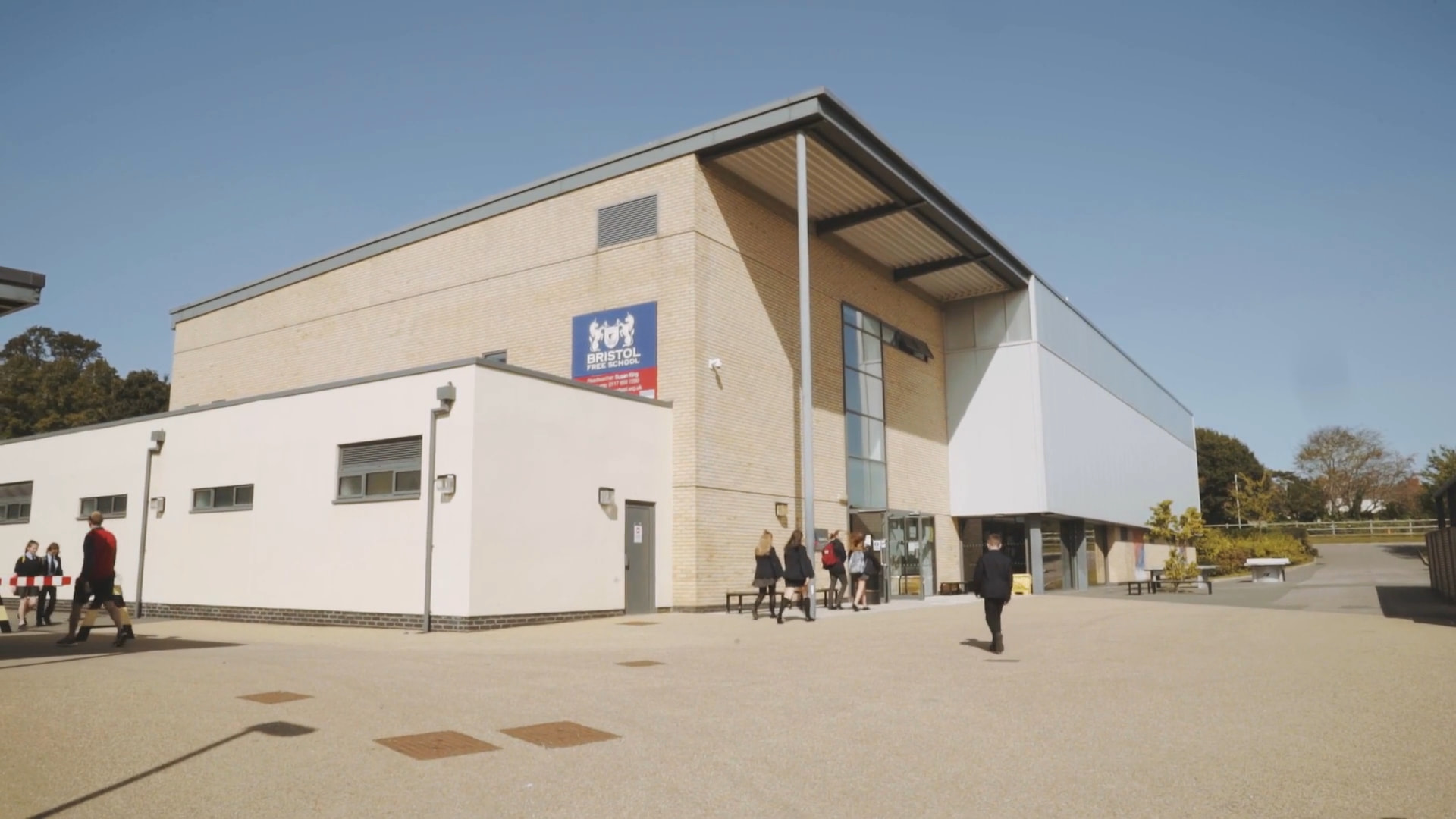
Cells: Cells are the basic unit of all forms of life. In this section we explore how structural differences between types of cells enables them to perform specific functions within the organism. For an organism to grow, cells must divide by mitosis producing two new identical cells. If cells are isolated at an early stage of growth they can retain their ability to grow into a range of different types of cells. This phenomenon has led to the development of stem cell technology.
Energy: The concept of energy emerged in the 19th century. The idea was used to explain the work output of steam engines and then generalised to understand other heat engines. It also became a key tool for understanding chemical reactions and biological systems. Limits to the use of fossil fuels and global warming are critical problems for this century. Physicists and engineers are working hard to identify ways to reduce our energy usage.
This unit is assessed by a 30 mark test including longer answer questions and assessment of scientific and mathematical skills.
The periodic table provides chemists with a structured organisation of the known chemical elements from which they can make sense of their physical and chemical properties. The historical development of the periodic table and models of atomic structure provide good examples of how scientific ideas and explanations develop over time as new evidence emerges. The arrangement of elements in the modern periodic table can be explained in terms of atomic structure which provides evidence for the model of a nuclear atom with electrons in energy levels.
This unit is assessed by a 30 mark test including longer answer questions and assessment of scientific and mathematical skills.
Chemists use theories of structure and bonding to explain the physical and chemical properties of materials. Analysis of structures shows that atoms can be arranged in a variety of ways, some of which are molecular while others are giant structures. Theories of bonding explain how atoms are held together in these structures. Scientists use this knowledge of structure and bonding to engineer new materials with desirable properties.
This unit is assessed by a 30 mark test including longer answer questions and assessment of scientific and mathematical skills.
Organisation: In this section we will learn about the human digestive system which provides the body with nutrients and the respiratory system that provides it with oxygen and removes carbon dioxide. In each case they provide dissolved materials that need to be moved quickly around the body in the blood by the circulatory system. Coronary Heart Disease and its possible treatments are also covered.
This unit is assessed by a 30 mark test including longer answer questions and assessment of scientific and mathematical skills.
The particle model is widely used to predict the behaviour of solids, liquids and gases and this has many applications in everyday life.
Ionising radiation is hazardous but can be very useful. Although radioactivity was discovered over a century ago, it took many nuclear physicists several decades to understand the structure of atoms, nuclear forces and stability. Early researchers suffered from their exposure to ionising radiation. Today radioactive materials are widely used in medicine, industry, agriculture and electrical power generation.
This unit is assessed by a 30 mark test including longer answer questions and assessment of scientific and mathematical skills.
An end of year exam covering all aspects of content and skills that have been taught in Year 9.
An end of year exam covering all aspects of content and skills that have been taught in Year 9.